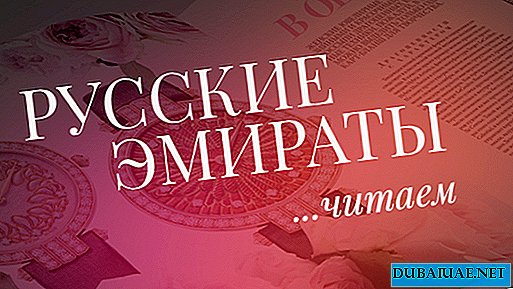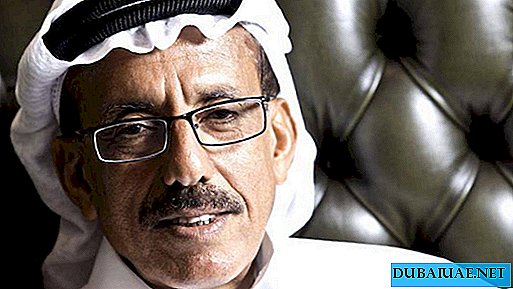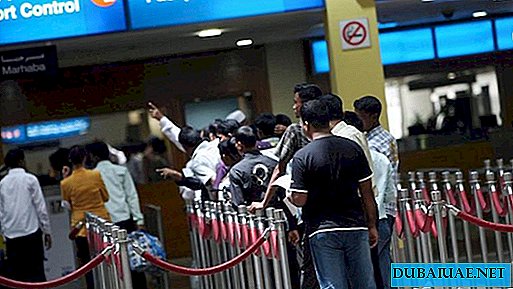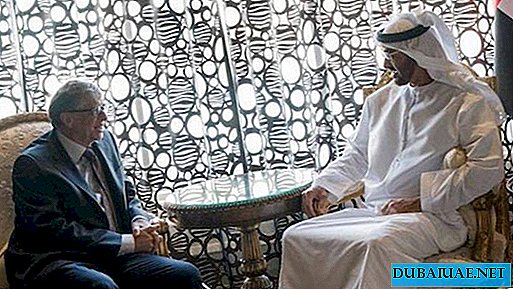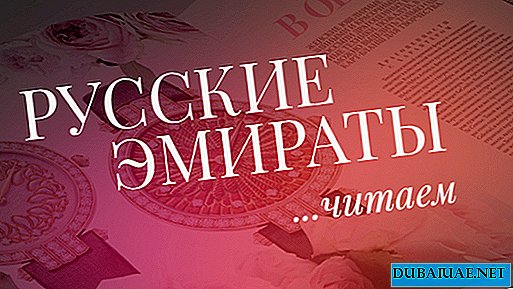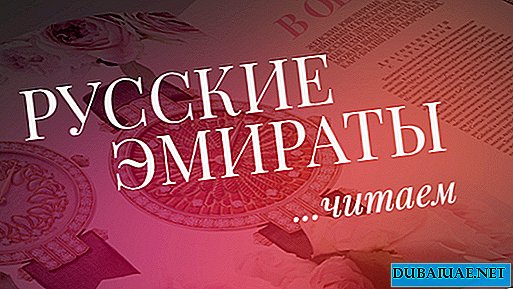Tatyana Peschanskaya doctor, candidate of medical sciences, passionate traveler and our regular author
“I consider the surroundings of Salzburg, Naples and Constantinople to be the most beautiful in the world,” the world-famous traveler Alexander von Humboldt once wrote to his friend. And in this he was definitely not mistaken.
 Salzburg’s attraction is perhaps the combination of the atmosphere of the Old Town, many magnificent temples and old burgher’s houses with wonderful facades, the grandeur of the magnificent palaces of the prince-archbishops who ruled here over the entire fortress, and always and everywhere present Wolfgang Amadeus Mozart, the great son of this city . It is also a charming landscape, on the bosom of which lies Salzburg between two wooded city hills that open from different points of view a beautiful panorama of the city, divided by the blue ribbon of the Salzach River. In the north and east, the city is surrounded by the lake plain of Trumer and the Salzkammergut with numerous transparent lakes with baths and famous resorts. In the south and west - spurs of the eastern Alps with magnificent wings often covered with snow mountain peaks. A harmonious combination of culture, architecture, music and nature - that is the beauty of Salzburg.
Salzburg’s attraction is perhaps the combination of the atmosphere of the Old Town, many magnificent temples and old burgher’s houses with wonderful facades, the grandeur of the magnificent palaces of the prince-archbishops who ruled here over the entire fortress, and always and everywhere present Wolfgang Amadeus Mozart, the great son of this city . It is also a charming landscape, on the bosom of which lies Salzburg between two wooded city hills that open from different points of view a beautiful panorama of the city, divided by the blue ribbon of the Salzach River. In the north and east, the city is surrounded by the lake plain of Trumer and the Salzkammergut with numerous transparent lakes with baths and famous resorts. In the south and west - spurs of the eastern Alps with magnificent wings often covered with snow mountain peaks. A harmonious combination of culture, architecture, music and nature - that is the beauty of Salzburg.
Walk around the city
But in order to truly get to know Salzburg, you need to take a walk along Mount Monks or the Capuchins and explore the city from all sides, wander along cozy side streets and be imbued with the grandeur and splendor of its magnificent buildings, visiting at least several of the many museums.
Residence Square is the largest square of the Old Town. In the center rises a 15-meter fountain, created in 1656-61. an Italian sculptor and recognized as the largest and most beautiful baroque fountain outside of Italy. On the east side of the square is the Salzburg Museum, the famous Bell Tower. Every day since 1702, at 7, 11 and 18 hours, 35 bells of the active chime are played by the tunes of Mozart, Schubert and Haydn. Nearby is Mozart Square. Thousands of tourists are photographed in front of the monument to the most famous Salzburg "son of the Fatherland". The bronze statue of Wolfgang Amadeus Mozart, made according to the model of the Munich sculptor, was inaugurated in 1842 in the presence of two sons of the greatest composer.
The Cathedral is one of the most significant and majestic Italian structures in the north of the Alps. They enter the Cathedral through one of the three bronze gates symbolizing Faith, Love and Hope. During the summer festival, on the Dome Square, against the backdrop of the excellent backstage, which serves as a magnificent baroque facade of the temple, the mystery of Hugo von Hofmannstol “Eidermann” is played, a play about the life and death of the rich man. The collection of the Cathedral Museum includes valuable exhibits of its oldest treasury and reconstruction of the collection of Kunstkamera and wonders belonging to the Salzburg archbishops.
The symbol of the city, the Hohen-Salzburg Fortress, is the largest and best preserved fortified building in Europe. Its construction was started back in 1077. The fortress acquired its present appearance at the beginning of the 16th century. The fortress was often besieged, but was never captured. Only the French troops under the command of Napoleon, the fortress surrendered without resistance. The invaders took with them all the weapons and furnishings that they could only carry away. A magnificent panorama of the city, the surrounding hills and alpine foothills opens from the height of the fortress. Part of the late Gothic princely chambers of the fortress is the "Golden Chamber", arranged in 1501 on the 4th tier of the "High Floor". The blue vault of the Golden Hall is decorated with countless gold ornaments, like the sparkling stars of the night sky of Salzburg, being a true masterpiece of art of that time.
The oldest female monastery north of the Alps - Nonnberg Monastery was founded around 700 by Saint Rupert, whose niece, Saint Erentuda, became his first abbess. The surviving Romanesque frescoes of the mid-12th century in the crypt under the choir and the main altar are also valuable.
Medieval burgher houses with facade decorations frame the Old Market Square, from where we exit onto the main street of the burgher center of Getreidegasse. Today, it is often visited by countless tourists; this is the most important shopping street in the city of Mozart. The houses are unique, half of which dates from the 13th - 16th centuries, and most of them have spacious courtyards and passages overlooking the University Square, decorated with small columns and arcades.
 The house in which Mozart was born
The house in which Mozart was born
The famous composer Wolfgang Amadeus Mozart was born on January 24, 1756, at Getreidegasse No. 9. Mozart's father Leopold was the bandmaster at the archbishop's court and rented an apartment on the fourth floor in this house. Today, this house belongs to the Mozart International Foundation, and the historic apartment features a significant exposition of portraits and documents of the Mozart family, as well as instruments belonging to Mozart. Not far from this house is Mozart's residential building. In 1773-1787. the Mozart family lived here after their apartment in Getreidegasse became too small. In 1944, an air bomb destroyed most of the house, in 1996 it was restored by the Mozart Foundation in its original form with the help of Japanese investment. Now it houses an interesting exhibition telling about the Mozart family and their Salzburg surroundings. Concerts are held in the preserved in its original state dance hall.
The Salzburg Festival District with the 5,000-seat Great Festival Hall, with the Mozart House and the Rock Riding School. In the place of the halls where opera performances and concerts are held today, in the past were the stables of the prince-archbishops. A masterpiece of Romanesque, Gothic and Baroque styles is the Franciscan Church and the Monastery Church of St. Peter (1130 - 1143). The main altar of the Church of St. Peter depicts the prayer of Peter, Paul and Benedict for intercession, addressed to the Mother of God. To the right next to the temple is the oldest Christian cemetery of St. Peter Salzburg. Many famous personalities are buried here.
 In the center of the city is Mirabell Park. We plunged into the colorful world of flowers and park sculpture, skillfully trimmed shrubs, green arches and pergolas, flowering spraying fountains. Archbishop Wolf Dietrich von Reitenau ordered in 1606 to arrange here, in front of the entrance gate to the city of Salzburg, the Altenau entertainment palace for his favorite Salome Alt. His followers expanded the palace and turned it into the archbishop's summer residence of Mirabelle. The current appearance of the park, broken according to the plans of Fischer von Erlach, dates back to 1690. Around the high large fountain in the center there are four sculptural groups by Ottavio Mosto, which represent the natural elements - air, earth, fire and water: Paris carries Elena abducted by water, Pluto takes Persephone to the ground, Hercules lifts giant Anthea into the air and carries Aeneas his father Anchises on his shoulders from the flames of the city of Troy. Today's Mirabell Palace has nothing to do with the entertainment palace, which was its predecessor - Altenad Palace. Built in the early 18th century, during a city fire in 1818, it was almost completely destroyed. Only the marble hall on the second floor and the main staircase in the western building with sculptures by Rafael Donner have survived. Today, Mozart's palace is the seat of the Salzburg burgomaster and some municipal services. The Marble Hall has an elegant setting for wedding ceremonies from around the world. Countless clips of wedding photographs are shot with the cheeky babies of the Marble Stairs or at the fountains in the park.
In the center of the city is Mirabell Park. We plunged into the colorful world of flowers and park sculpture, skillfully trimmed shrubs, green arches and pergolas, flowering spraying fountains. Archbishop Wolf Dietrich von Reitenau ordered in 1606 to arrange here, in front of the entrance gate to the city of Salzburg, the Altenau entertainment palace for his favorite Salome Alt. His followers expanded the palace and turned it into the archbishop's summer residence of Mirabelle. The current appearance of the park, broken according to the plans of Fischer von Erlach, dates back to 1690. Around the high large fountain in the center there are four sculptural groups by Ottavio Mosto, which represent the natural elements - air, earth, fire and water: Paris carries Elena abducted by water, Pluto takes Persephone to the ground, Hercules lifts giant Anthea into the air and carries Aeneas his father Anchises on his shoulders from the flames of the city of Troy. Today's Mirabell Palace has nothing to do with the entertainment palace, which was its predecessor - Altenad Palace. Built in the early 18th century, during a city fire in 1818, it was almost completely destroyed. Only the marble hall on the second floor and the main staircase in the western building with sculptures by Rafael Donner have survived. Today, Mozart's palace is the seat of the Salzburg burgomaster and some municipal services. The Marble Hall has an elegant setting for wedding ceremonies from around the world. Countless clips of wedding photographs are shot with the cheeky babies of the Marble Stairs or at the fountains in the park.
Unique in its significance is the entertainment palace Helbrunn, located south of the city and built in 1613 - 1619. designed by the architect of the Duomo Santino Solari. Thanks to its ceremonial chambers and ceremonial halls, double spans of the external staircase and the splendor of the park arrangement, the palace served not only as a place of relaxation and entertainment for eminent guests of the Prince Archbishop, but also reflected the power of the Salzburg rulers. A large decorative park with its lovingly broken ponds and old trees near the palace is open for free visits and is a favorite walking area. The biggest attraction of the palace is Wassershpile (game fountains), where you can walk through the elaborately designed grottoes, caves and theater amphitheaters and enjoy.
In the mountains
A tour of the nearby Salzkammergut leaves an unforgettable experience: transparent and drowning between the mountains of the lake, where you can swim in the summer, numerous mountains, to the peaks of which you can reach and from there enjoy a wonderful panorama. And, of course, the famous resorts of Mondsee, St. Wolfgang (with the White Horse hotel), as well as the old "Kaiser city" Bad Yschl.
Built in 1930 - 1935 Alpine road Grossklockner is one of the most beautiful passes in Europe. An unforgettable landscape and view opens while traveling from the Salzachtal Valley to Heiligenblut. The road leads through the Bears Gorge, through the romantic lands of alpine meadows and the wild, honed cliffs of the Witch’s Kitchen to a narrow mountain pass. From here the branch of the road leads to the highest point of the route (2751 m), the view is breathtaking; on clear days you can see 37 mountains, over 3,000 m high, and 19 glaciers. Further, the road leads through the passages "Fox hole", "High Gate" and then down to Heilinblut. At an average height, a branch begins to the top of Franz Josef, where Grosssklokner Mountain rises right in front of his eyes (the noise of a large rockfall, 3,797 m).
At the foot of the Lofer and Leogang-Steinberg mountain range, nature created bizarre cliffs, boisterous waterfalls and enchanting caves. Lamprechita Cave, with its 35 km of passages, is one of the largest cave systems in Europe. Gastein Valley, bordering on gigantic mountain ranges, filled with glacial water rushing at a furious speed, has long been an attractive force for people who trusted the healing energy of numerous thermal springs and underwent treatment courses here.
On the Kiusteinhorn glacier near Kaprun, lovers of alpine skiing and snowboarding can indulge in their hobbies all year round and enjoy the wonderful mountain panorama and the informative world of “Energy and Ice”. In the south of Salzburg, in the Salzach Valley, is the Hohenwerfen Fortress, located on a steep hill in a narrow passage between the mountain ranges. It was founded in 1077. In addition to a guided tour of the fortress with its extensive exposition of weapons and a museum of a falconry farm, you can take part in the exciting attraction of free-flying birds of the falconry nursery of Salzburg.
 Salzburg: the sounds of music and the seasons ...
Salzburg: the sounds of music and the seasons ...
Salzburg owes its world fame not only to magnificent buildings, nature or Wolfgang Amadeus Mozart, but also to the film adaptation in 1965 of the love story “Sounds of Music”, which tells the story of young Maria von Kucher and her love for Georg Ritter von Trapp and his children. The film was shot in many places in Salzburg and its surrounding areas.
What time of year is Salzburg the most beautiful? This question is not easy to answer even to the most ardent fans of Salzburg, because each time of the year has its own charm, giving the city a peculiar and unique atmosphere. Some prefer spring bloom, which blossoms on all trees and in all gardens with young leaves and delicate flowers, when the city slowly sheds its hibernation. Others dream of a summer that, with its revitalization and variegated action, will lure crowds of tourists from around the world to Salzburg and breathe life into the surroundings with their many lakes and resorts. Still others feel better when, with the advent of autumn, the city becomes quieter again, and the multi-colored crowns of the trees represent completely new shining scenes for the Salzburg performances.
But winter also provides a variety of pleasures for visitors, when the ear catches through the snow the soft, muffled sound of the city, and vision is lost in bizarre snow pictures. Salzburg has a special atmosphere during the winter months. While walking along the snowy hills, the bell towers of temples and fortresses are shown in white hats, Mirabel Park is hiding under a white carpet of winter.
Advent Christmas days are brought to you by visiting the Christmas Market (Christkindmarkt) on Dome Square and the Adventsingen program at the Palais des Festivals. By the end of the year, a whirlpool of fun spins in the Old Town of Salzburg. Thousands of missiles fired will illuminate the sky on New Year's Eve, and Sylvester will dance and dance on all streets, squares, bridges of the Old Town. Having visited this ancient magnificent city, one thing is clear - the breath of Salzburg and its charm, like the music of Mozart, are always beautiful. They carry a feeling of eternity, beauty and love.



